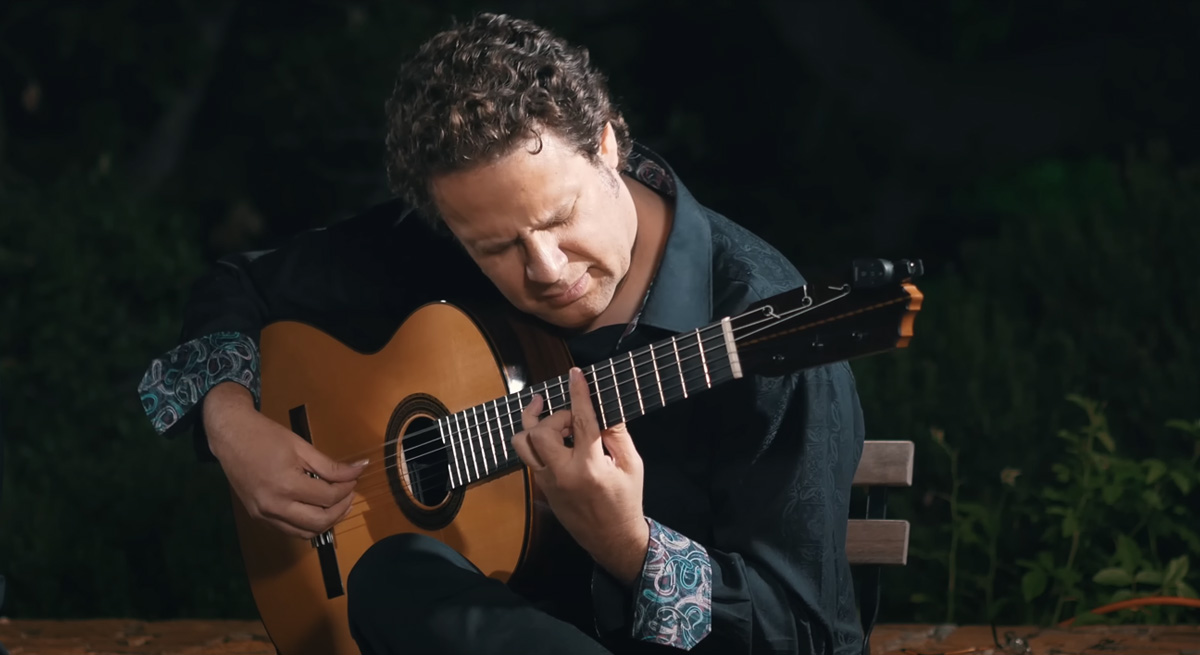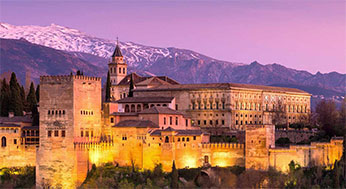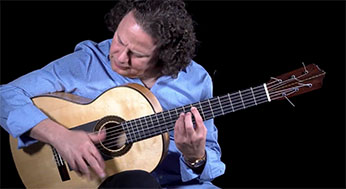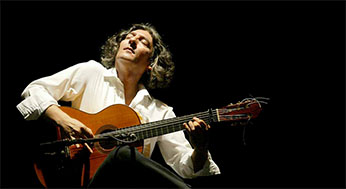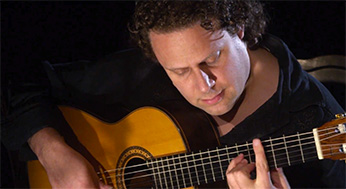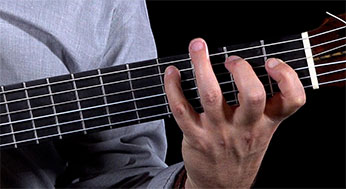Blogs & Articles
Alegrias the Joyful Pulse of Flamenco Guitar
Alegrias is a celebration of life, a musical embodiment of joy, and a testament to the artistry of flamenco guitar. Whether performed as part of a traditional tablao or as a solo guitar piece, Alegrias continues to captivate audiences with its infectious energy and intricate beauty. For aspiring flamenco guitarists, mastering Alegrias is not just a technical achievement but a journey into the heart of flamenco itself.
- Flamenco Guitar
- Read more
The Captivating Sound of Soleá por Bulerías
Soleá por Bulerías is more than a flamenco style; it is a celebration of life's complexities, expressed through the language of music and movement. Its blend of solemnity and exuberance captures the heart of flamenco, reminding us of the beauty that emerges when tradition and innovation converge. Whether you are a performer or a listener, exploring this captivating palo is a journey into the soul of flamenco itself.
- Flamenco Guitar, Flamenco Music
- Read more
The Art of Granaínas, a Flamenco Treasure
The lyrical themes of granaínas often revolve around longing, loss, and the beauty of Granada itself. The lyrics are poetic, drawing on imagery of the Alhambra, the Sierra Nevada mountains, and the rich cultural history of the region. These elements create a deep connection to place, imbuing the music with a sense of timelessness.
- Flamenco Guitar, Flamenco Music
- Read more
Is Flamenco Music the Same as Spanish Music?
Flamenco music and Spanish music are distinct yet interconnected. Flamenco represents a specific and highly emotive tradition rooted in Andalusia, while Spanish music encompasses the diverse regional and classical traditions of the entire nation.
- Flamenco Music
- Read more
Exploring Rasgueado Techniques: A Guide to Flamenco Strumming Mastery
Rasgueado is more than a technique—it's a language that communicates the heart and soul of flamenco. By exploring its many variations and practicing with dedication, you can unlock its expressive power and bring authenticity to your playing. Whether you're a beginner or an advanced guitarist, mastering rasgueado will deepen your connection to the rich tradition of flamenco and elevate your artistry.
- Flamenco Guitar
- Read more
The Life and Legacy of Moraito Chico
Moraito Chico's life was a testament to the power of music as an expression of culture and identity. As a torchbearer of flamenco, he exemplified the spirit of Jerez while pushing the boundaries of what the guitar could achieve. His music continues to resonate, reminding us of the profound beauty and complexity of flamenco. Through his artistry, Moraito Chico left a legacy that transcends time, ensuring that the soul of flamenco remains alive and vibrant for years to come.
- Flamenco Guitar
- Read more
The Timeless Elegance of Recuerdos de la Alhambra
Recuerdos de la Alhambra is more than a piece of music; it is a bridge to the past, a celebration of Spain's rich cultural tapestry, and a testament to the expressive power of the guitar. Through its intricate tremolo and haunting melody, Francisco Tárrega's masterpiece continues to resonate with audiences worldwide, reminding us of the enduring beauty of art and the profound emotions it can evoke.
- Classical Guitar
- Read more
The Art of Playing Slowly. A Guide for Classical and Flamenco Guitarists
The foundation of all technical and expressive brilliance is the discipline of playing slowly. Practicing at a reduced tempo is a time-honored technique for developing accuracy, control, and musicality. Let’s explore why playing slowly is essential, how to incorporate it into daily practice routines, and tips to maximize its benefits.
- Flamenco Guitar, Classical Guitar
- Read more
Why Classical Guitar Players Should Study Flamenco Guitar
For classical guitarists, expanding their repertoire and skillset is always a rewarding journey. One path that offers incredible artistic and technical growth is learning flamenco guitar. Flamenco, rooted in the rich cultural traditions of Andalusia, Spain, presents a unique opportunity for classical guitarists to enhance their musicianship and discover new expressive possibilities.
- Flamenco Guitar, Classical Guitar
- Read more
The Power of Slow Practice in Classical and Flamenco Guitar
In the worlds of classical and flamenco guitar, virtuosity and expressiveness are celebrated hallmarks. Yet, achieving the fluidity and precision that define these styles demands more than hours of repetition; it requires the deliberate art of slow practice.
- Flamenco Guitar, Classical Guitar
- Read more
